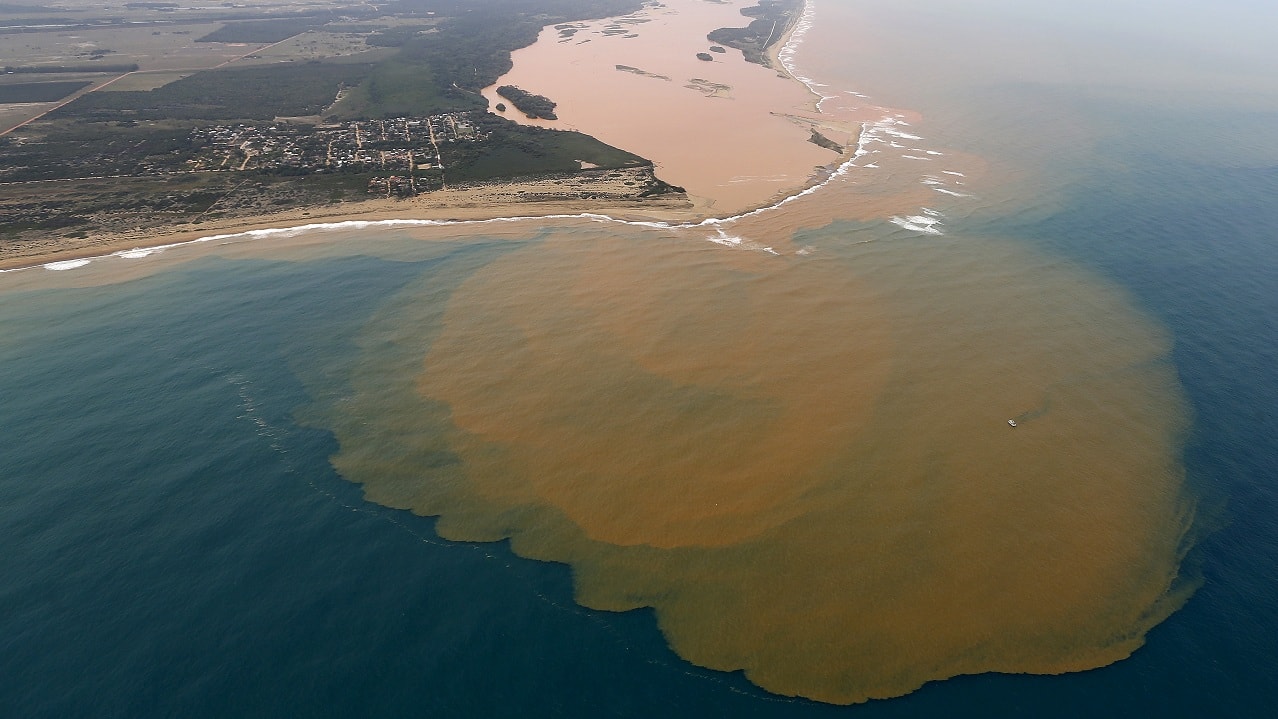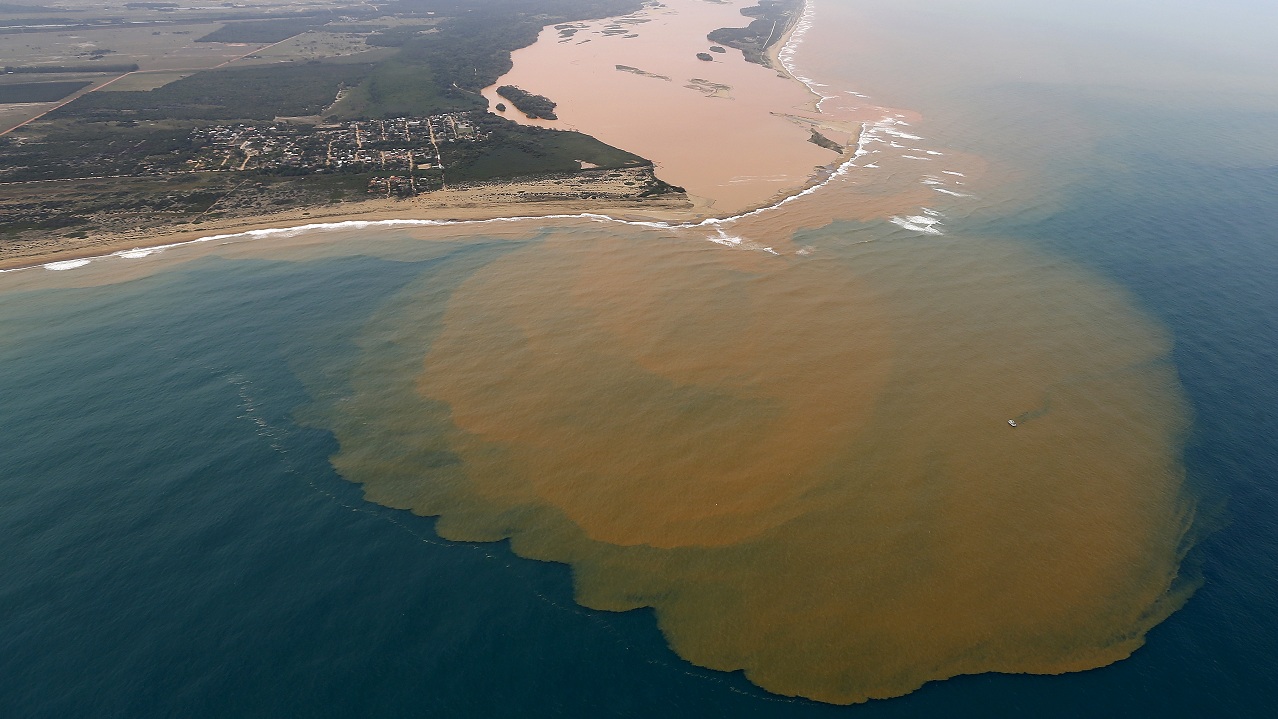An increase in carbon dioxide activity in the Southern Ocean could explain the mysterious growth of human civilisation 11,000 years ago, says a study. The researchers found that an increase in the Southern Ocean’s upwelling could be responsible for stabilising the climate of the Holocene — the period leading upto more than 10,000 years before the Industrial Revolution — critical to the development of human civilisation. The Holocene was an ‘interglacial period’, one of the rare intervals of
warm climate
that have occurred over the ice age cycles of the last million years. The retreat of glaciers opened a more expansive landscape for humans, and higher atmospheric carbon dioxide concentrations made for more productive agriculture, which allowed people to reduce their hunter-gathering activities and build permanent settlements, the researchers explained. “Increased circulation in the Southern Ocean allowed carbon dioxide to leak into the atmosphere, working to warm the planet,” said Daniel Sigman, Professor at Princeton University. [caption id=“attachment_4864461” align=“alignnone” width=“1278”]
 Representational Image. Reuters[/caption] For
the study
, published in the journal Nature Geoscience, the team investigated three types of
fossils
from several different areas of the Southern Ocean: diatoms and foraminifers, both shelled microorganisms found in the oceans, and deep-sea corals. The fossil-bound nitrogen isotope measurements indicate that during the Holocene, increasing amounts of water (rich in nutrients and carbon dioxide) welled up from the deep ocean to the surface of the Southern Ocean. The absorption of carbon by the ocean is slowing the rise in atmospheric carbon dioxide produced by fossil fuel burning, and the upwelling of the Southern Ocean is still allowing some of that carbon dioxide to vent back into the atmosphere. The findings about ocean changes could also have implications for predicting how
global warming
will affect ocean circulation and how much atmospheric carbon dioxide will rise due to fossil fuel burning, the researchers said.
Representational Image. Reuters[/caption] For
the study
, published in the journal Nature Geoscience, the team investigated three types of
fossils
from several different areas of the Southern Ocean: diatoms and foraminifers, both shelled microorganisms found in the oceans, and deep-sea corals. The fossil-bound nitrogen isotope measurements indicate that during the Holocene, increasing amounts of water (rich in nutrients and carbon dioxide) welled up from the deep ocean to the surface of the Southern Ocean. The absorption of carbon by the ocean is slowing the rise in atmospheric carbon dioxide produced by fossil fuel burning, and the upwelling of the Southern Ocean is still allowing some of that carbon dioxide to vent back into the atmosphere. The findings about ocean changes could also have implications for predicting how
global warming
will affect ocean circulation and how much atmospheric carbon dioxide will rise due to fossil fuel burning, the researchers said.
Carbon leak over 11,000 years warmed the planet, aided human habitability: Study
Indo Asian News Service
• August 1, 2018, 09:38:58 IST
The findings about ocean changes could help predict effects of global warming on ocean circulation and atmospheric carbon dioxide
Advertisement
)
End of Article